For how ubiquitous battery tech is in modern life, there sure are a ton of myths and straight-up misinformation about them. Whether powering the best laptops, fantastic PC gaming handhelds, superb smartphones, or giving us range anxiety in EVs, without lithium-ion technology, portable electronics would have stagnated.
The best myths have a grain of truth, so naysayers can point at that tiny speck and downvote your replies. But there's no arguing with science, at least not without a few million dollars in laboratory equipment, a PhD, and a few years. Most of these myths are from before Li-ion was a thing, or came into being because of issues with specific batches of batteries or devices, and really have no bearing on modern use. Let's try and put a few of these ghosts to rest.
6 Lithium batteries are unsafe
They're not prone to catching fire, unless misused or damaged
Whenever lithium-ion issues crop up, they get tons of news coverage. That linked recall of Anker batteries is over a million units produced between 2016 and 2019, and that's one battery pack out of thousands on the market. The infamous Samsung Galaxy Note 7 battery was found to have a major manufacturing flaw, both in the original batteries and in the units used as replacements.
But these are a tiny fraction of the millions of consumer and enterprise devices with Li-ion batteries, to say nothing of individual batteries. The vast majority of lithium-ion batteries are safe, only becoming troublesome if damaged, misused, or manufactured incorrectly. The battery industry has been working on new types of lithium batteries that don't have these issues, with better charging circuitry to avoid thermal runaway, and new materials that are less flammable or harder to puncture.
Related to this is a belief that using different chargers will damage the battery or the device they're in. This is partially true, but it stems from manufacturers using non-standard charging specifications, like Nintendo with the original Switch, which had issues with many third-party USB-C chargers until the issue was found. Avoiding cheap, no-name chargers is good practice for any device, as safety features might be omitted or faked.
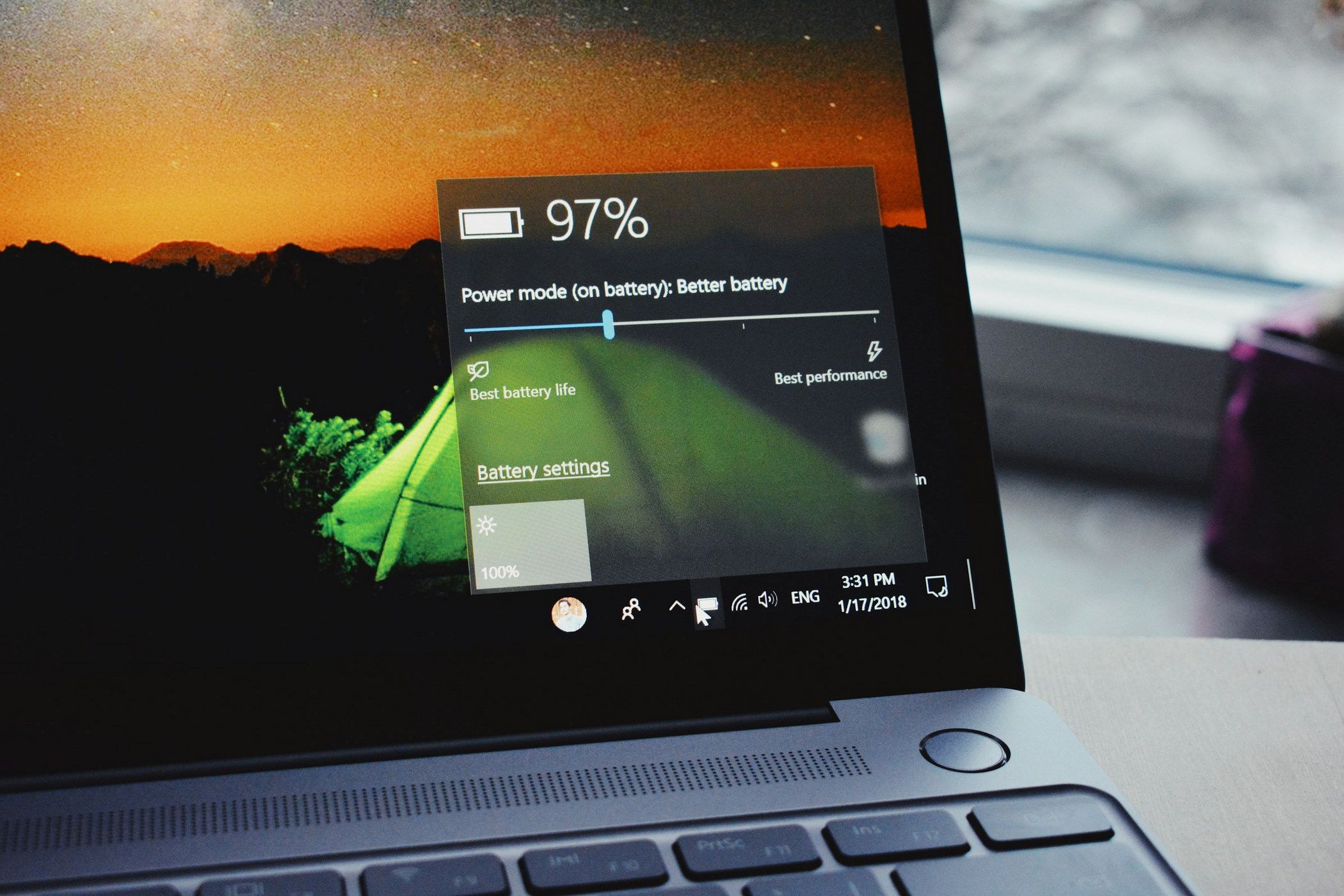
Related
10 ways to speed up slow charging on a laptop
Speed up slow laptop charging with these tips! Optimize settings, manage apps, and maintain battery health for faster, more efficient charging.
5 You should drain your battery before recharging
Lithium doesn't have a memory effect, so stop it
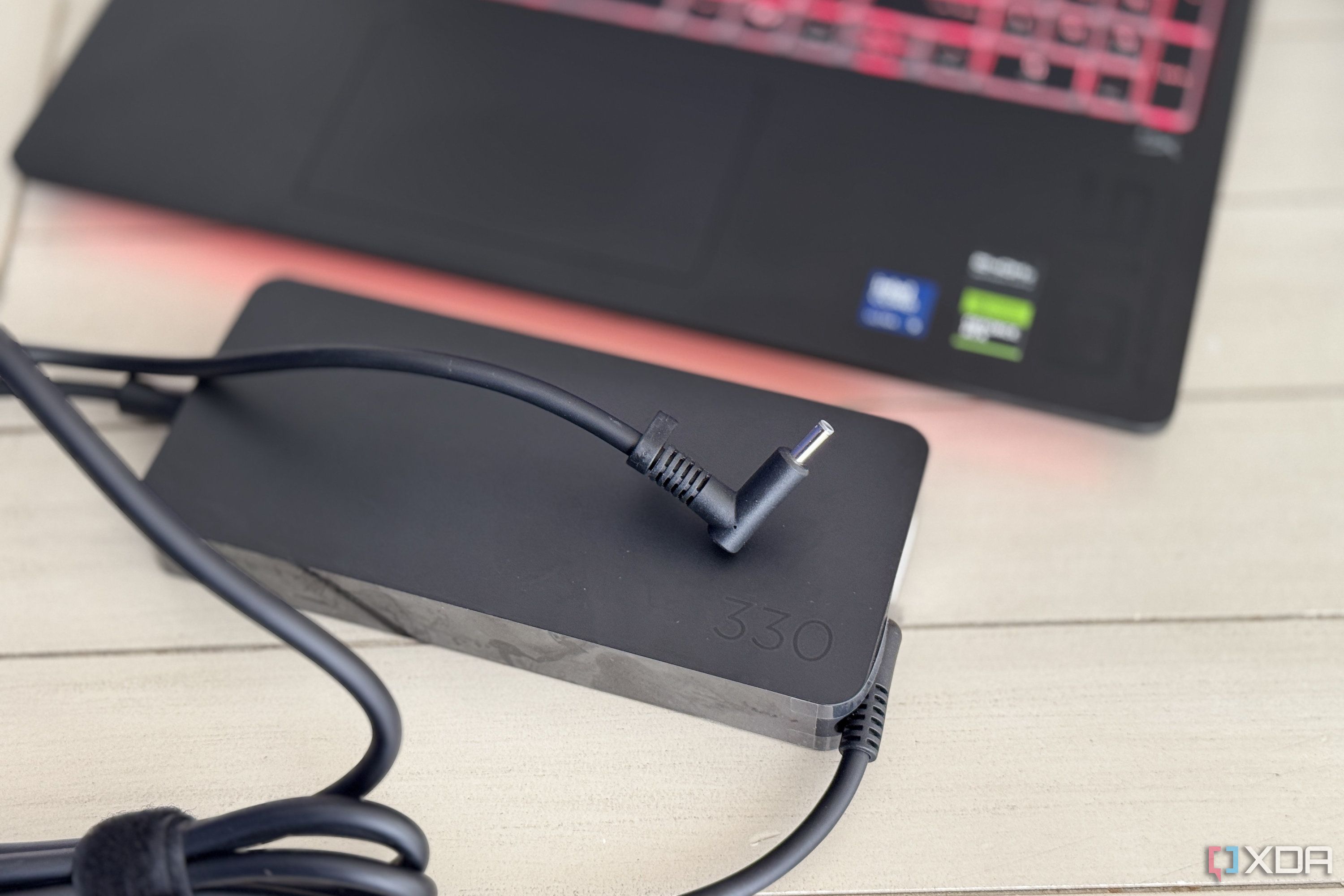
Unlike earlier rechargeable batteries, lithium batteries don't have a memory effect, and aren't damaged if you recharge them when partly discharged. Ni-Cad and other types used to suffer "memory effect", where if you recharged at 50% each time, you'd eventually end up with a battery with 50% of the capacity of a new one.
Lithium is different, and the sweet spot is around 50% charge, but anywhere between 20 and 80% is the range you want to keep them to get the longest lifespan of your battery. Keeping lithium at 100% or near 0% puts all the free electrons on one layer or the other, which expands the layer slightly, putting physical strain on the battery. Although, following those percentages would mean only about half the usable charge each time, so it's not really sustainable. Charging tech is smart enough not to strain the battery, so charge it when you know you'll be away from the wall, and baby it when you're at home.

Related
The 4 best tools to check the battery health of your Windows laptop
Keeping track of your laptop's battery health can help diagnose issues early on and extend the lifespan of your PC
4 Leaving a device plugged in is bad
Smart charging circuitry means no more overcharging
Keeping your device plugged into the charger won't overload the battery, and it won't wear out faster. Modern batteries have several layers of protective circuitry when charging, and they'll stop charging once they reach capacity. The charge will continue to trickle in once it drains a little, but that's nothing to worry about. Most devices with fast charging will slow down once they get near full capacity and trickle charge the rest of the way so that the increased heat doesn't affect the battery. Oh, and the management systems in modern batteries mean its fine to keep them charging overnight, just keep them on a tabletop or somewhere with airflow, not under your pillow.
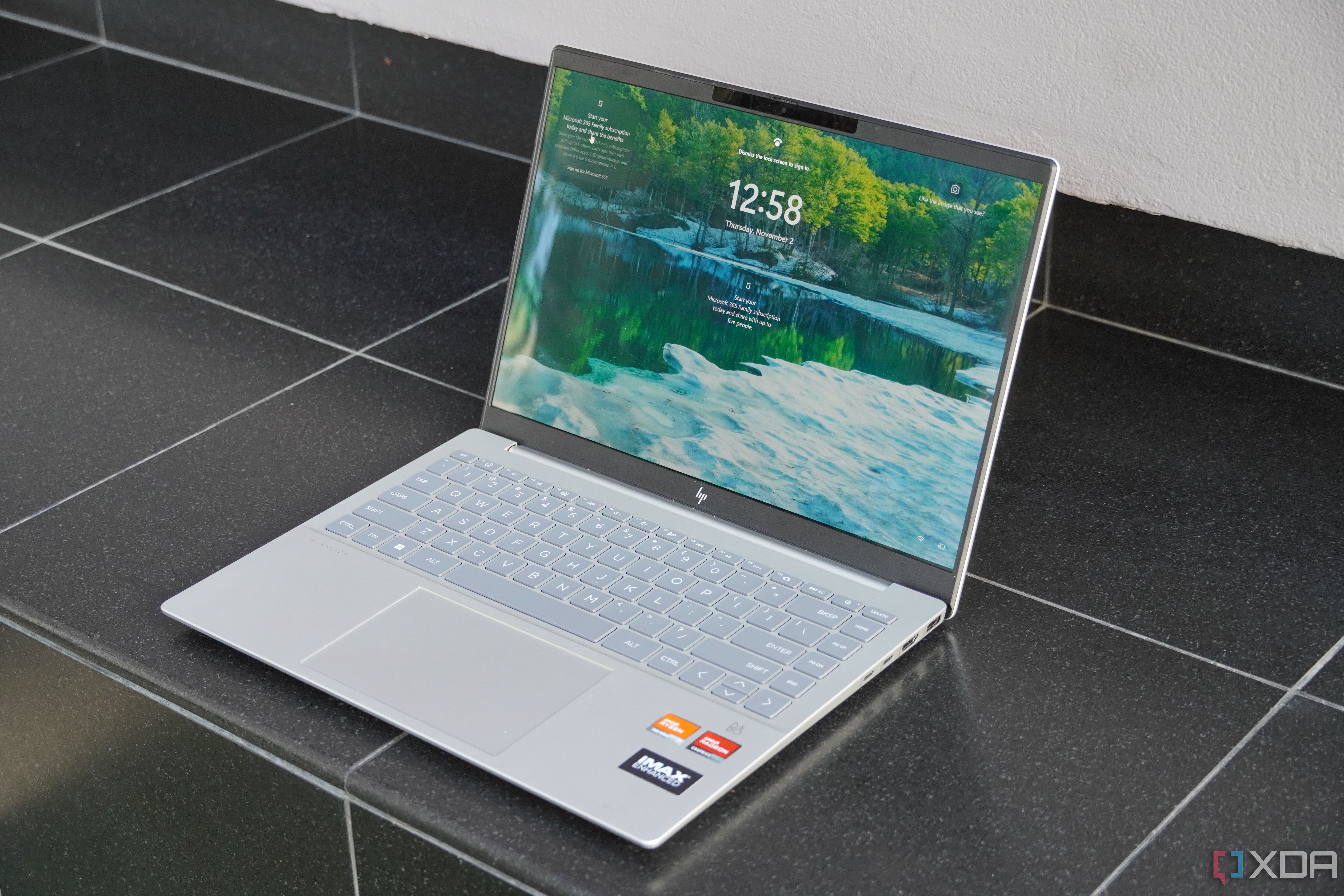
Related
How to limit battery charge to 80% on Windows 11
Keeping your battery constantly at 100% can reduce its lifespan, but many Windows 11 laptops lets you limit the maximum battery charge to 80%.
3 You need to charge them for 12 hours before first use
Lithium-ion breaks this mold
Again, this one stems from the memory effect that older rechargeable types were subject to. Lithium and other newer rechargeables don't suffer from this and can be used as soon as they arrive at your door, as they're calibrated in the factory. If you charge them, fill the battery up to 100%, then unplug it and use it until it gets to 10 or 20%, and charge it again. This isn't because it conditions the battery, because that's not how the chemistry works. But it will give the manufacturer's software time to calibrate, which provides you with more accurate battery estimates as you keep using the device, which makes you happier.
2 Frequent charging is harmful
Smaller charging periods are better for modern batteries
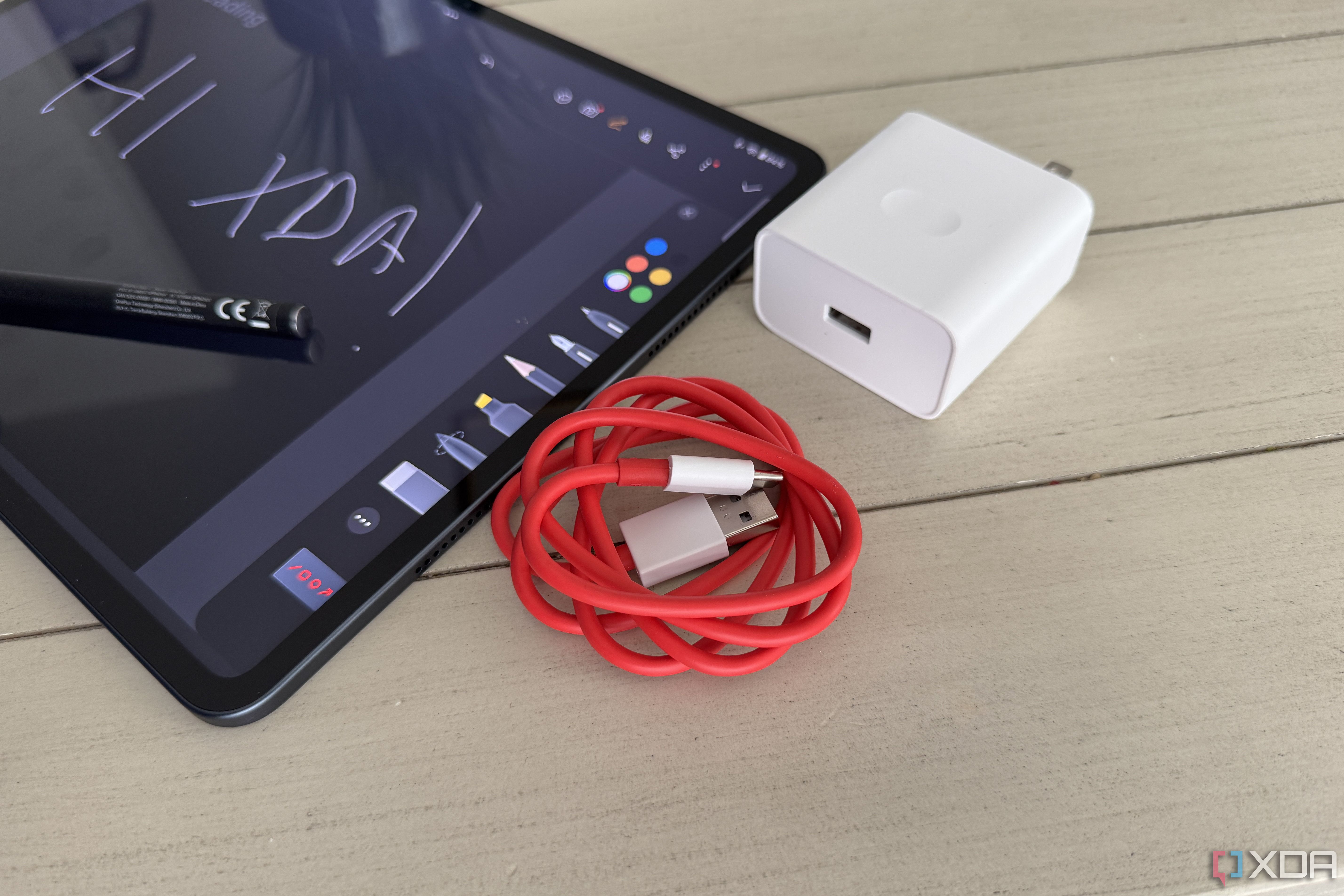
Another long-held belief is that frequent charging can reduce the battery's longevity. This is completely untrue, and partial charge cycles add up to make whole charging cycles against the battery's rated cycle count. Lithium batteries are designed for this short-cycle charging, and it's better to top them up with shorter charging periods throughout the day than to keep them charging to full, then discharge them, and repeat. Smaller top-ups are less stressful on the battery chemistry, and you'll get a longer lifespan overall.
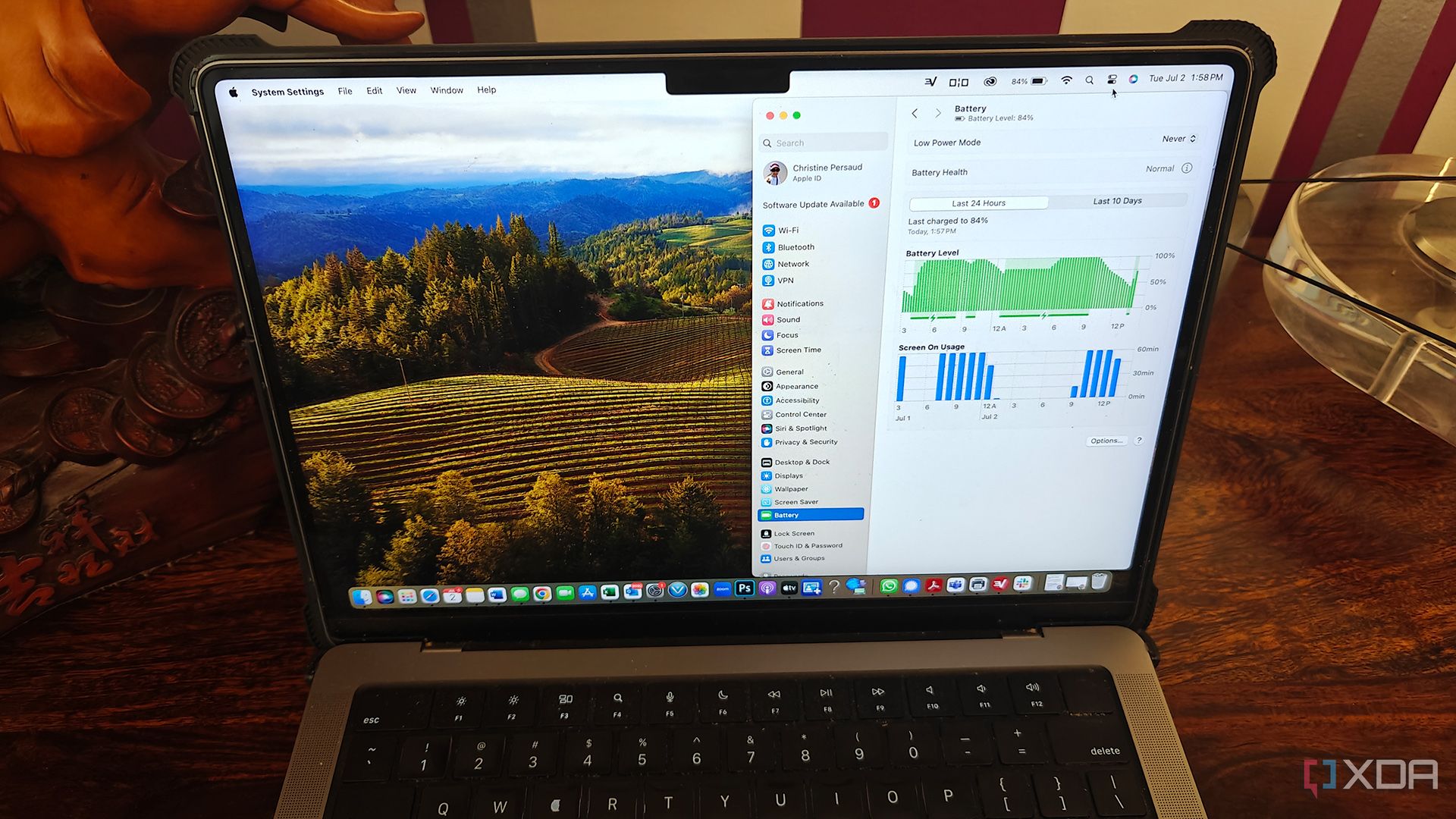
Related
How to check battery health on a MacBook
Batteries degrade over time, even with your MacBook. You can keep an eye on battery health very easily so you'll know when it needs a replacement.
1 Lithium batteries have a short lifespan
It couldn't be further from the truth
When properly used, lithium batteries can outperform Ni-Cad or other rechargeable batteries by up to twice the charge cycles. But it's more than that, because modern batteries don't use up a full charge cycle every time you plug them in, and they're smart enough to know how many partial charges equal a complete cycle. Most devices with internal batteries also have software that tracks the charge cycles and estimated capacity vs new, and it's fairly cheap to replace a battery that's starting to wear out.
To ensure that the battery stays in good condition, it's smart to avoid extremes of temperature, including charging when the batteries are cold, and use slower charging methods wherever possible. Many fast charging systems will affect the battery's longevity. Newer fast charging systems are built to mitigate this somewhat, but it's still better to err on the safe side.
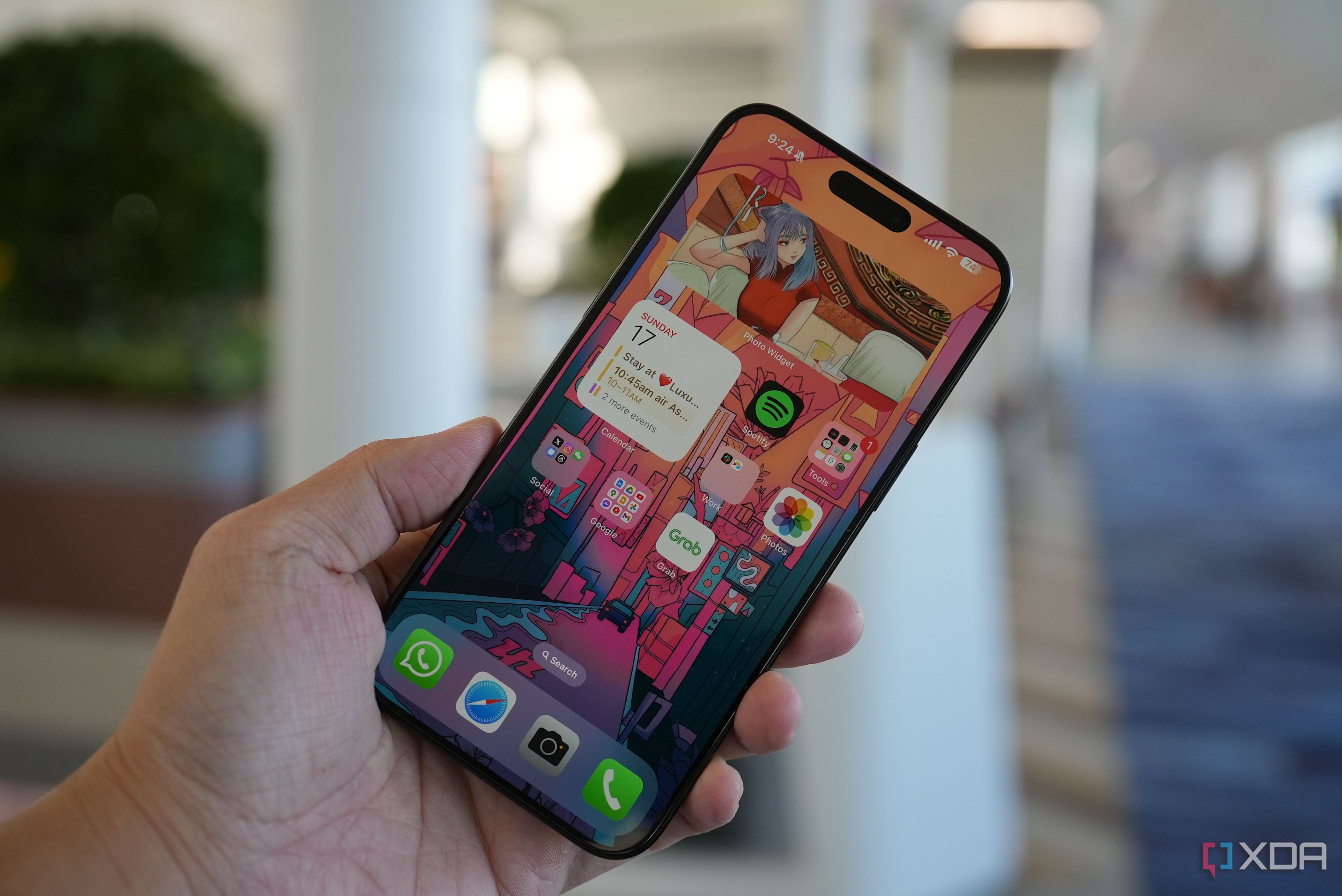
Related
How to replace an iPhone battery
The easiest way to replace an iPhone battery is to take the device to an authorized repair center, but it's possible to change it yourself as well.
Lithium-ion batteries rewrote the script, but the next frontier of battery tech could do it again
Currently, lithium batteries are still king, but it depends on your use case. Solid-state batteries are still lithium, but replace the liquid electrolyte and are safer to use. Then there are promising changes to lithium batteries using sulfur as the cathode or silicon as the anode, but these are still in development. Graphene batteries are starting to come onto the market, as are sodium-ion ones for whole-house power storage, but it might take a rethinking of how batteries work to go further. The real takeaway here is that almost everything in the collective consciousness about battery myths was from early lithium batteries or older tech like Ni-Cad.
.png)
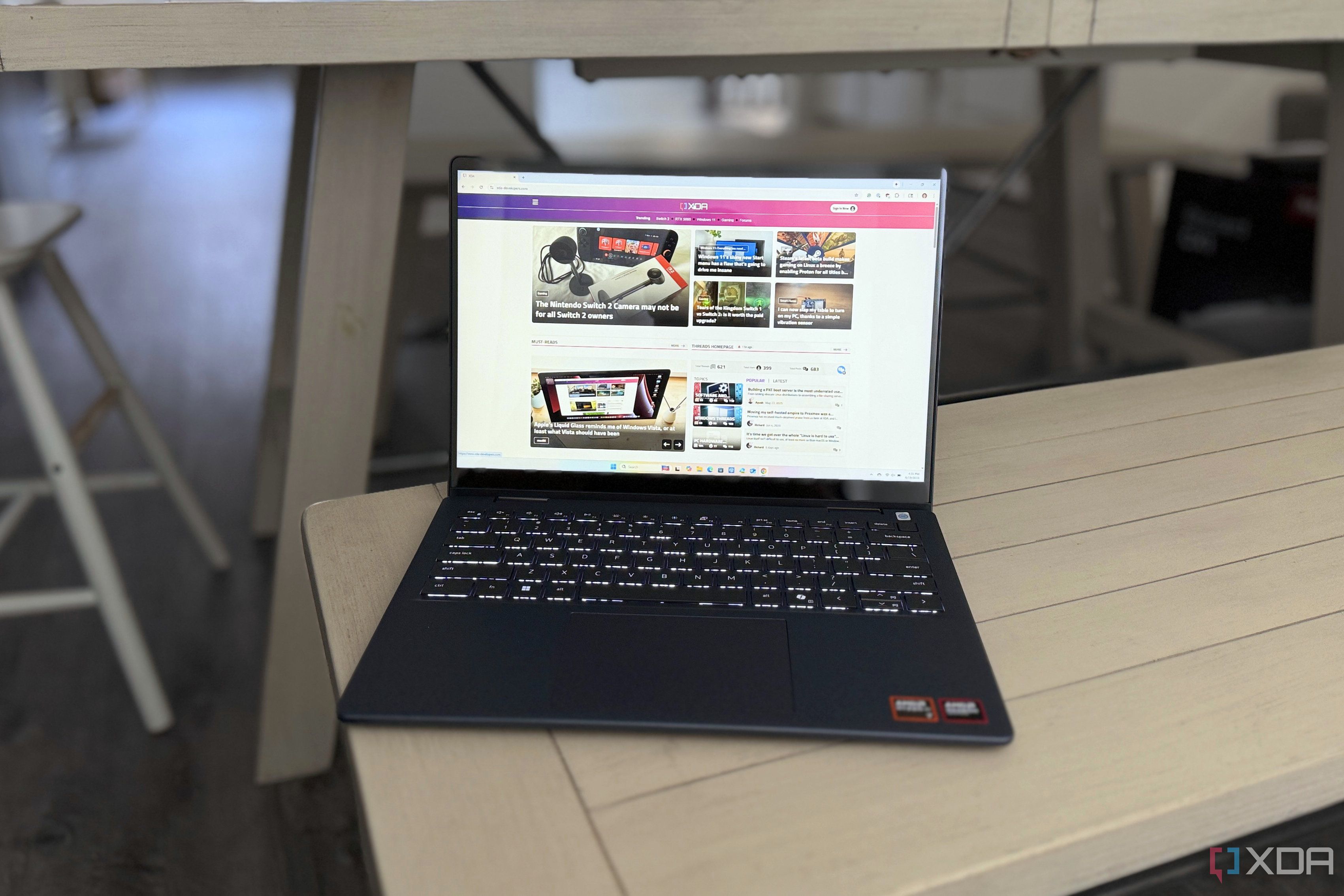
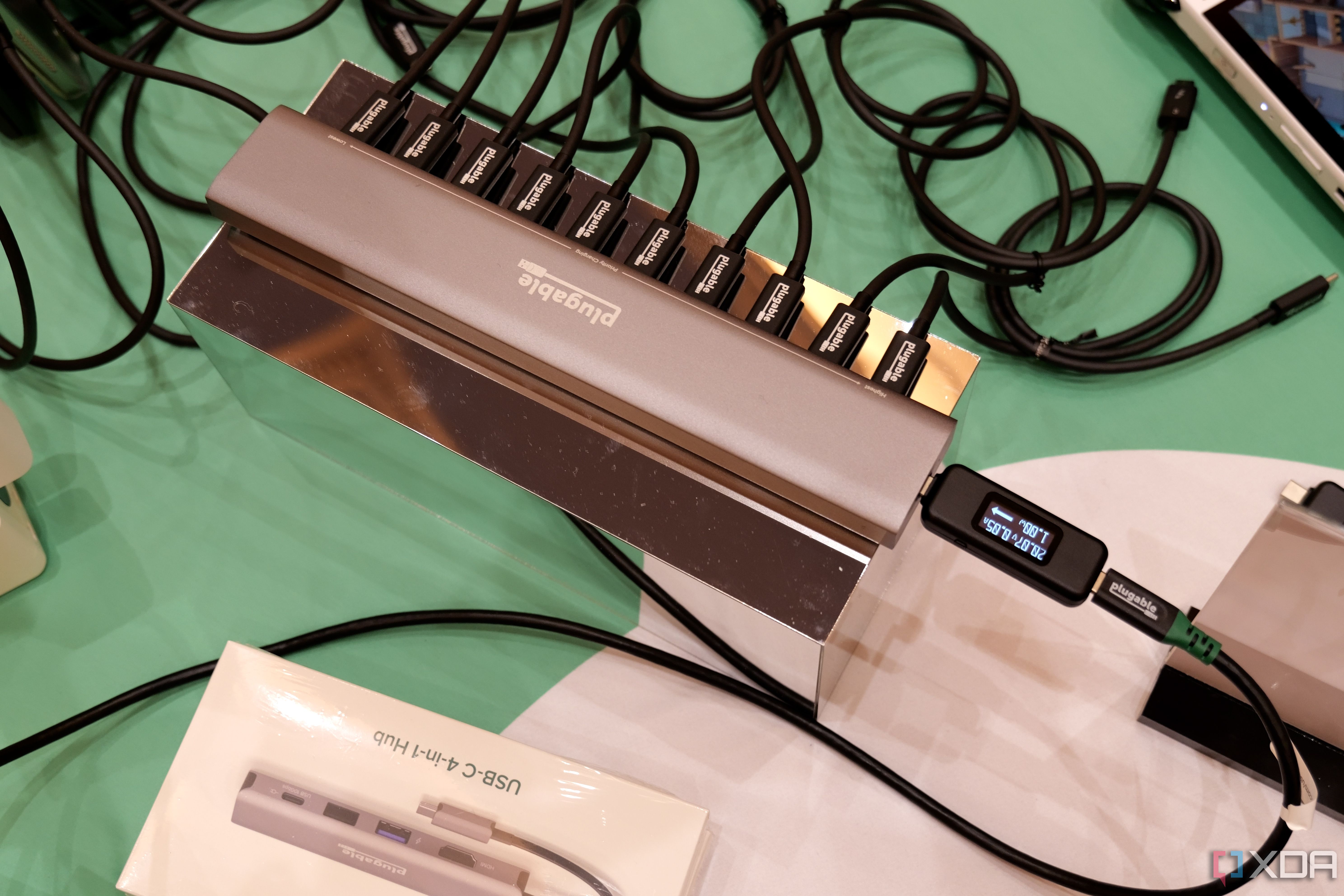











 English (US) ·
English (US) ·